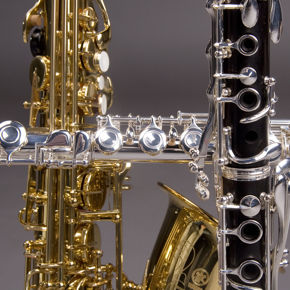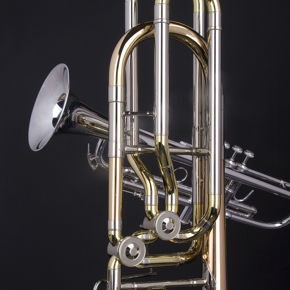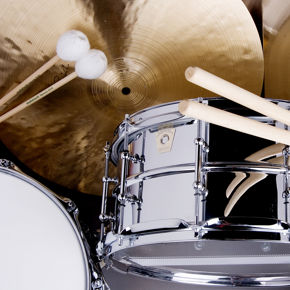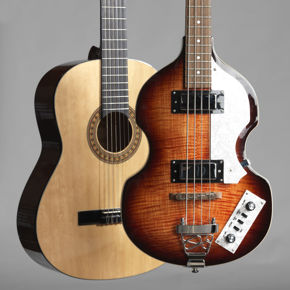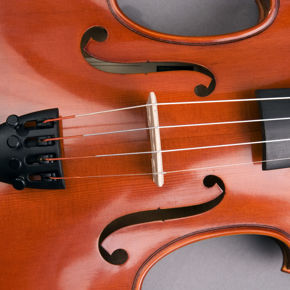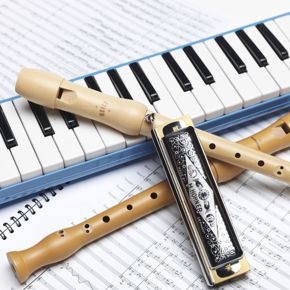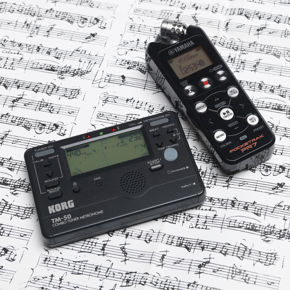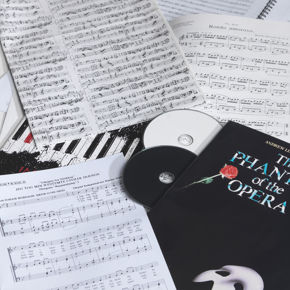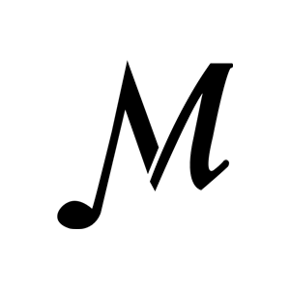Pan, Tommy Andersson - Orchestra. Study Score
Tilgjengelighet: På lager
For large orchestra
(N.M.O. 14004A Study Score)
Orchestral material available on hire
This piece is inspired by the ancient Greek myths about the god Pan, the god of Nature, of the wild, of shepherds and of rustic music. He is also known for his sexual powers and for playing the pan pipes. Pan is sometimes depicted as a rather small and not very attractive being, horned and goat-like. On the other hand, he could also be rendered as an imposing, beautiful, and seductive man, albeit with some characteristic features like horns and a tail. Regardless of his appearance, he is to be reckoned as a powerful force of nature. The word panic (panikon) was used by the ancient Greeks to describe the feeling of fear that was incited in men and animals alike when they sensed that Pan was nearby. The organ is used as an element in the orchestration and it becomes a gigantic pan pipes, representing the god Pan. It makes itself heard from the very beginning of the piece in an extremely loud, dominant and menacing way, playing a four note chord representing Pan (C, E, F-sharp, B), which permeates the whole piece in various guises. The loud organ is a manifestation of the immense power that the god possesses, and at the same time the panic that he stirs around himself. After a few seconds the music shifts into a quiet but wild chase, leading to a sensual duet between a solo flute in the orchestra and the organ. The music intensifies and soon the wild chase returns, this time loudly and exuberantly. A passionate climax takes us back to the intimate duet between the flute and the organ, followed by a tender solo for the piccolo. The organ plays the chords of the introduction again, this time extremely softly, like an echo. The ensuing music, fast and hectic, begins very quietly and grows gradually into a tumultuous bacchanalia, which is brought to a conclusion by a renewed and brutal display of the powers of Pan. Despite these rather illustrative musical characters, the music is by no means programme music in the sense that it tells a story. I have been influenced by several different representations of Pan, from old Graeco-Roman pictures and statues, paintings of Nicolas Poussin (15941665), and also more contemporary artwork, such as the images by the Italian painter Roberto Ferri (born 1978).
B. Tommy Andersson

